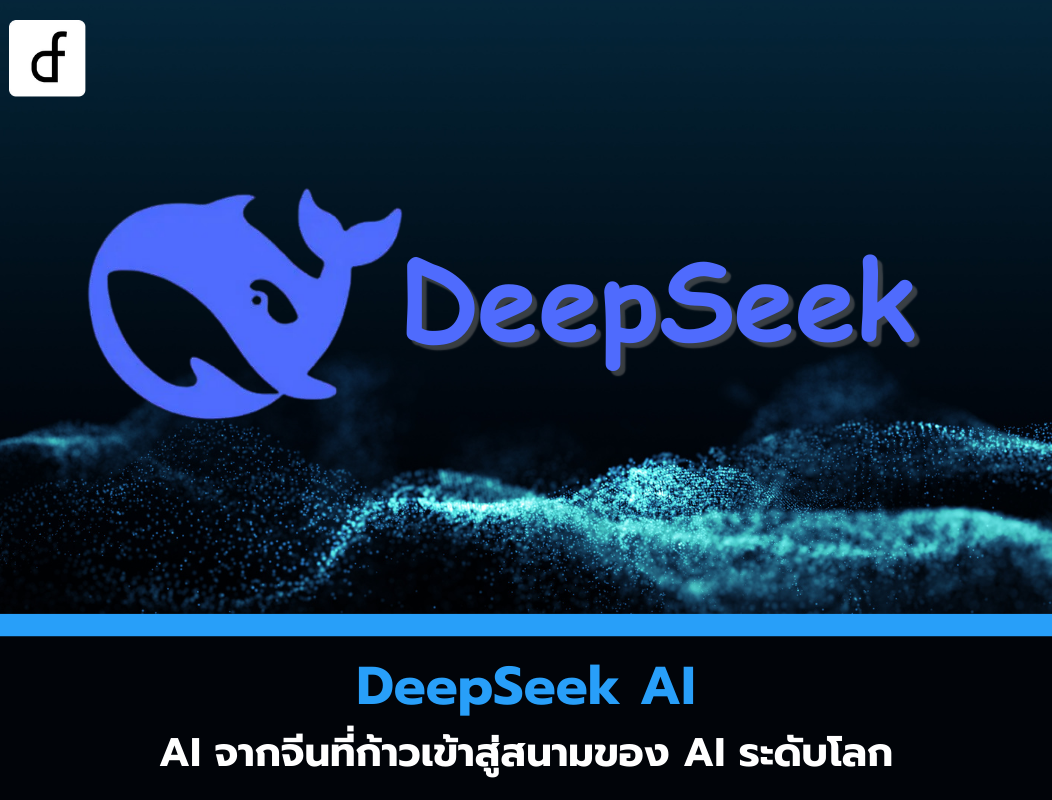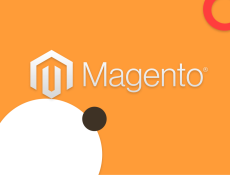
What is blockchain? The basics of the technology behind crypto
2024-12-03 10:37:38
What is Blockchain?
Blockchain is a technology that serves as a decentralized database, recording data in the form of blocks and linking them into a chain. The data in Blockchain is characterized by its transparency, security, and resistance to easy modification or forgery.

Key components of Blockchain
- Block: A block is a unit of stored data. Each block consists of three main components:
- Data: The information that needs to be recorded, such as transactions.
- Hash: A unique identifier for a block, created from the data in the block.
- Previous Hash: The code of the previous block to link them together in a chain.
- Decentralization: Data in the Blockchain is not stored on a single server but is distributed across a global network of computers known as Nodes.
- Consensus Mechanism (กลไกฉันทามติ): The mechanism used to verify and confirm transactions. For example:
- Proof of Work (PoW): Uses calculations to solve mathematical problems.
- Proof of Stake (PoS): Uses proof of coin ownership
Key features of Blockchain
- Transparency: Information in the Blockchain can be verified by everyone in the network.
- Security: The data in each block is encrypted and linked together. Modifying the data requires changing every block in the network, which is nearly impossible.
- Decentralization: There is no central controller. Data is stored on multiple machines, eliminating a single point of failure. (Single Point of Failure)
- Immutability: Data recorded on the Blockchain cannot be altered.
How Blockchain Works
- Transaction recording: Users create transactions, such as sending money through digital currency.
- Transaction confirmation: Transactions are sent to the network to verify their accuracy using a Consensus Mechanism.
- Adding transactions to the block: Once the transactions are confirmed, they will be included in the new block.
- Linking blocks: The new block will be linked to the previous block with a hash.
The application of Blockchain
- Cryptocurrency: Blockchain is the foundational technology of digital currencies such as Bitcoin and Ethereum.
- Smart Contract: Uses Blockchain to create agreements that can automatically execute when conditions are met.
- Supply chain management: Real-time tracking of goods in the supply chain
- Healthcare: Secure and immutable storage of patient data
- Elections: Using Blockchain to enhance transparency and reliability in elections
The advantages of Blockchain
- Transparent and secure
- Reduce reliance on intermediaries
- Reduce transaction costs
Limitations of Blockchain
- High energy consumption in some systems, such as PoW
- The transaction speed may be slower than traditional technology in some cases.
- Widespread adoption still requires further development and acceptance.

Blockchain is not just the technology behind cryptocurrency; it also has the potential to transform the way industries and the global economy operate in the future. It offers transparency, security, reduces reliance on intermediaries, and can lower transaction costs. Additionally, blockchain technology can also help people access financial transactions more easily.
Leave a comment :
Recent post

2025-01-10 10:12:01

2024-05-31 03:06:49

2024-05-28 03:09:25
Tagscloud
Other interesting articles
There are many other interesting articles, try selecting them from below.

2024-09-17 01:45:59

2024-04-11 02:52:53

2023-09-06 11:07:28

2023-10-09 04:50:36

2025-01-23 02:44:20

2024-10-18 01:25:35

2025-01-24 02:47:13

2024-03-08 04:03:12

